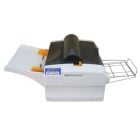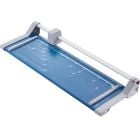MyBinding's Guided Tour to the History of Paper Lamination
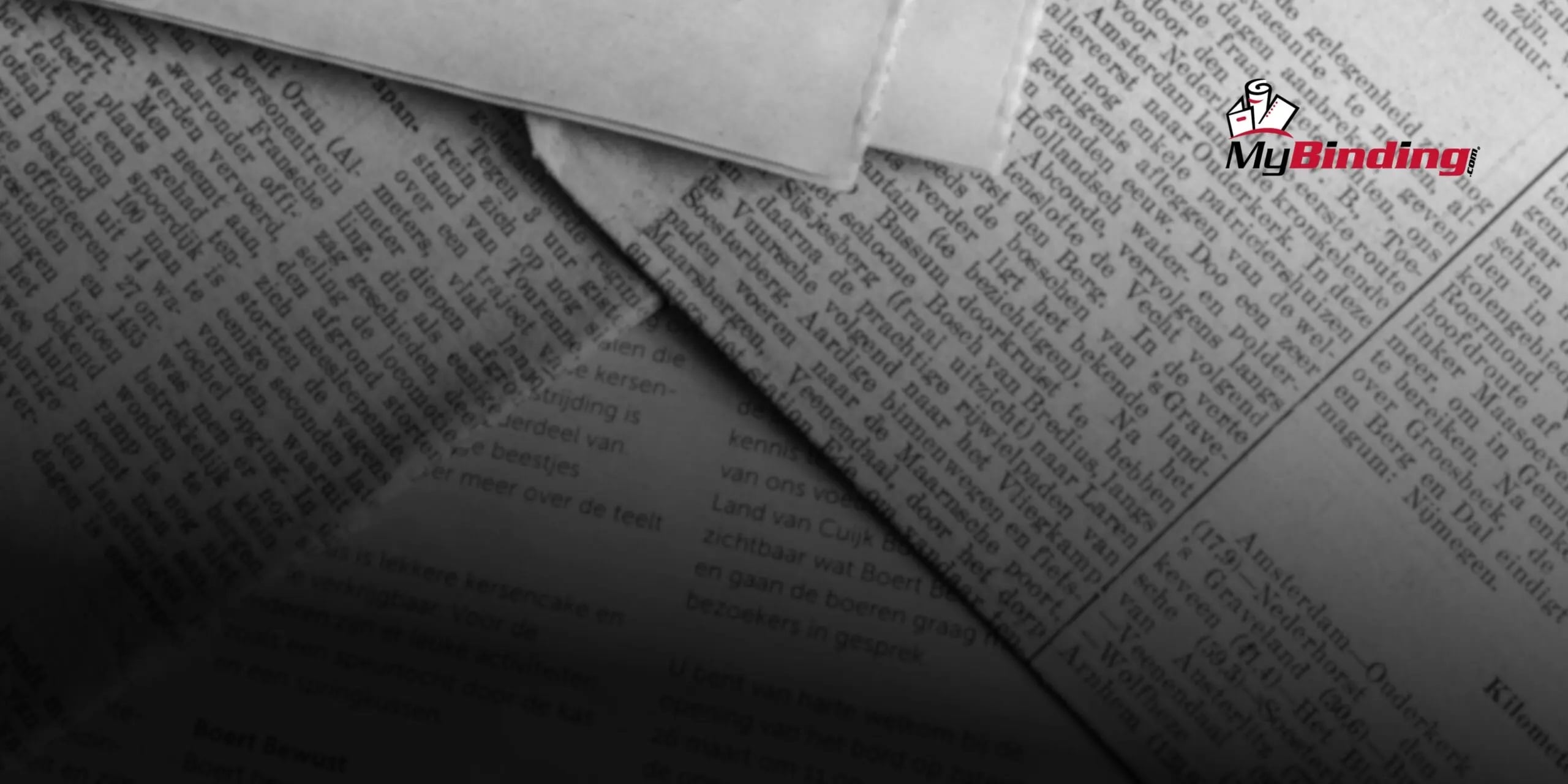
MyBinding's Guided Tour to the History of Paper Lamination
Lamination at a very basic level is defined as “to unit (layers of materials) by an adhesive or other means”. It has been around for centuries with traces of laminated wood found in tombs of the Egyptians as well as ancient Chinese graves. Modern day lamination now includes glass, metals, and most importantly, paper.
The exact date when paper was invented is unclear, but the need to preserve it was immediate. All paper, no matter the material, falls apart. Thousands of texts have been lost forever because of the general decay of paper products. With the invention of paper lamination protecting paper for the future became possible, and easy.
Paper lamination has built companies, maintained classrooms, and preserved library archives. It has provided longevity for a material that loves to deteriorate. But using lamination to protect vulnerable objects didn't start with paper, but with glass.
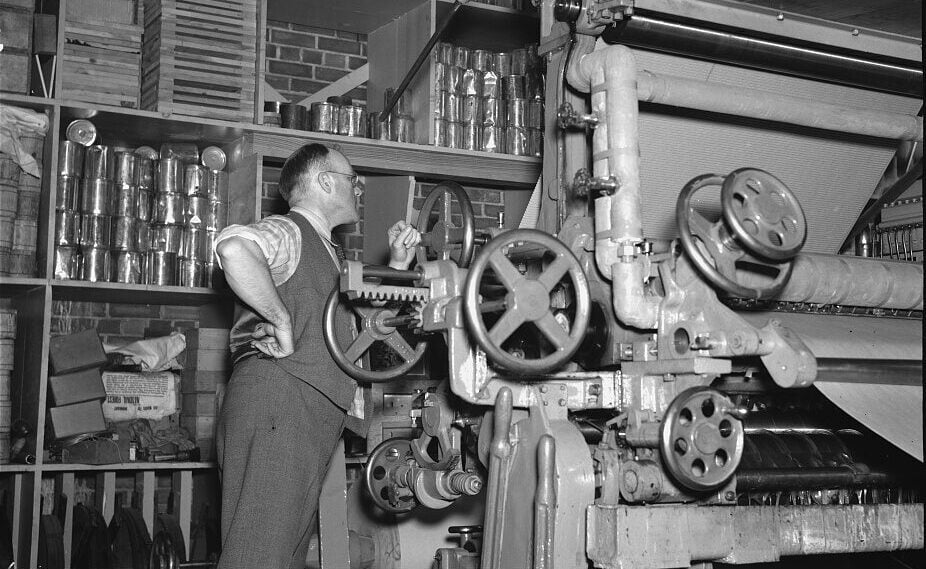
1903 - Édouard Bénédictus
Like many great innovations lamination was discovered in a laboratory accident. French chemist, Édouard Bénédictus, knocked a glass beaker off his tabletop while working. As it hit the ground instead of shattering across the floor, it held its shape and only had internal cracking. He observed that a sticky collodion that had been added the night before had formed a protective layer around the inside of the beaker and prevented it from shattering.
Bénédictus noted it as an interesting finding and filed it away. Thankfully the observation never left his mind. Days later when Bénédictus read a headline about a car crash and shattered glass, he returned to his discovery.
The original discovery only had a single, internal coating and small shards of glass still broke free. However, by coating both sides of the glass, Bénédictus created a protective film that fully eliminated this problem. This would be the invention of shatterproof glass, and the first documented case of protective layering on both sides.
Objects were already being strengthened by the use of lamination, such as plywood or MDF. Now lamination was being used for preservation. If glass could be made to stop shattering by the use of a double-sided film, what else could be protected?
Édouard Bénédictus is also a famous artist. In 1920 he abandoned the sciences and became renowned for his Art Deco style creations.
1930 - William Barrow
Cotton paper takes hundreds of years before it starts fading. Not so with modern wood-pulp paper.
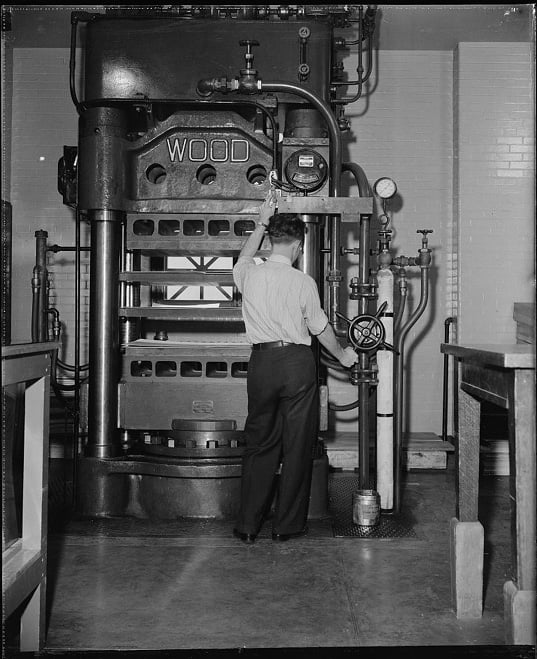
At the turn of the 19th century, wood-pulp paper became the new standard. Wood-pulp significantly reduced the cost of paper production and made paper more accessible. However, for bleaching and sizing of the new material, paper manufacturers also introduced sulfuric acid to the production cycle. This would leave a residual acid on the papers surface and the remaining acid would do what acid is known for: destroying.
The life expectancy of 19th century paper was approximately 40-50 years at most. Documents were falling apart at unprecedented rates and the only form of defense was to copy the text onto new, still acidic, wood-pulp paper.
Librarians everywhere were, understandably, devastated.
Around 1930, a paper manufacturer, William Barrow, published an essay on archival preservation. Barrow described the current problem with acidic wood-pulp paper and his method of preserving it by layering additional materials around it. He found that laminating the document between tissue and cellulose acetate film, it extended the lifespan by a few years.
William Barrow's preservation methods were originally ignored and not fully utilized until the 1950s. By then the earlier transition to wood-pulp paper began to finally take its toll.
Barrow found that it took less than 10 years for American books made from wood-pulp paper to lose 64% of the original strength. That would light a fire under anyone in the 1950's, a good 80 years after wood-pulp adoption.
1970 - FotoFlat™
Dry mounting is a form of lamina, but not exactly lamination.
Dry mounting has been around for such a long time it's hard to pinpoint when it started. The main difference between dry mounting and laminating is what the document is being sealed to. In dry mounting, the document will be laminated onto a flat surface, such as tackboard or wood. In lamination, the document will be laminated between two layers of plastic.
Around 1941, photography started to suffer from the heat-activated dry mounting methods. The heat needed would cause the photos to lose vibrancy and clarity. Additionally, resin-coated papers began to see heavy use in 1960.
It's hard to follow what comes next. Companies at the time were constantly merging and product formulas were being updated at unprecedented rates. Not many documents were saved during this time of change, even with that being the main function of lamination.
What we do know, is that 1970 is when cold mounting saw the fastest level of development.
Seal, originally released FotoFlat™ in 1938. By 1969 the FotoFlat™ formula was updated enough to allow dry mounting at temperatures of 210°F. FotoFlat™ never achieved a pure heatless seal, but it provided the foundation for other companies to start.
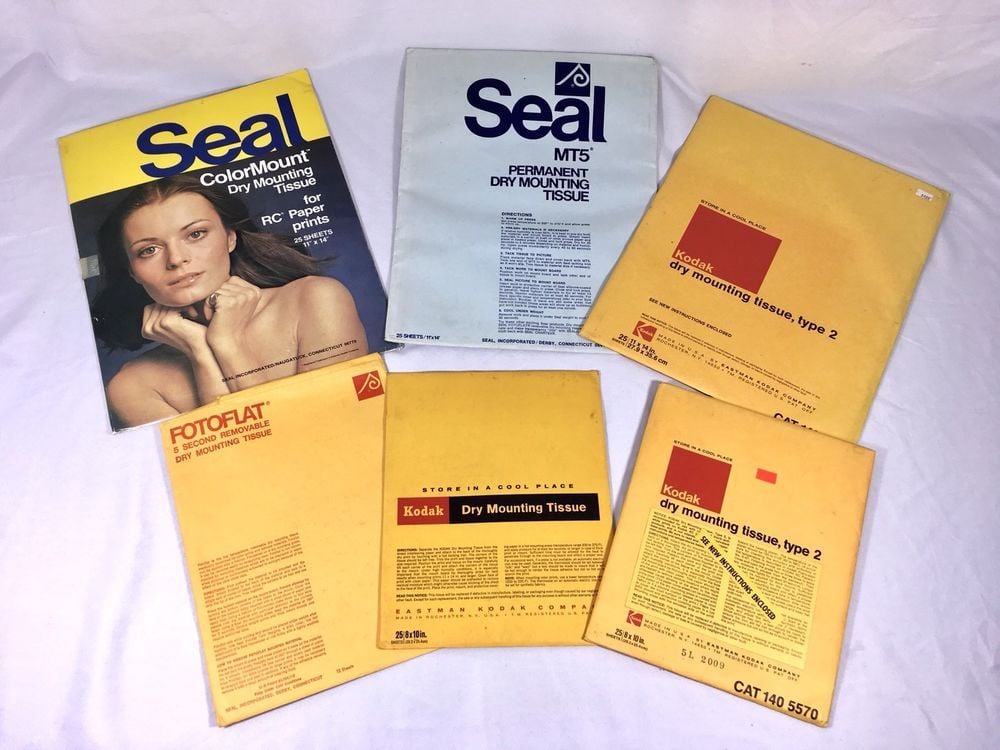
Cold lamination saw more improvements in 2000 as the digital revolution swept in. Computer printing needed even lower temperatures and, same as before, companies competed to achieve the perfect adhesive film.
The same shuffle of information occurred in 2000 and a definitive cold lamination discovery is unclear.
Maybe we should look at it in a holistic way: People have been applying adhesive to paper since time immemorial. It's truly impossible to say when marketing decided it would be called "cold lamination" instead of "gluing it together".
1975 - Donald F. Hannon and George E. Swingle
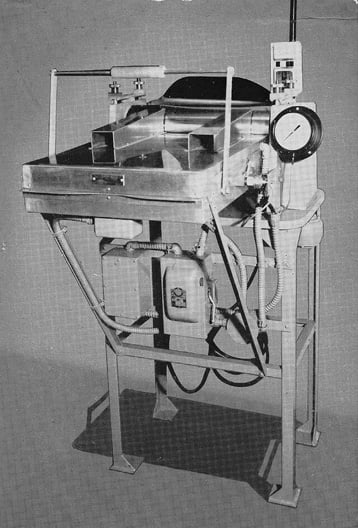
The 1950's lamination required a steam-heated flatbed press. At the time, this type of machine was only found in manufacturers of sheet metal. When not being used for sheet metal, the cost and size of the press made it only accessible by large government institutions or private archival practices. Organizations that didn’t have the space would have to pay to have their documents preserved instead.
The hydraulic press wasn't just a strain on resources either. The two plates that would apply pressure would not always be completely flat. Often the metal plates had irregularities that trapped air bubbles within the plastic. Additionally, the press would need to be held down for a minimum of 45 seconds to complete the melting process.
Paper lamination was hitting it's stride and the only next step was to capitalize on it. And that's what Donald F. Hannon and George E. Swingle did in 1975.
A roller machine, a rotary lathe, was already in use for plywood production. The lathe would roll a log over a sharp blade, peeling off a continuous veneer sheet. The long strip would then be glued together, forming strong, durable plywood. Hannon and Swingle envisioned an attachment to this existing machine that would allow paper to be fed through instead.
The new roller attachment created consistent laminate, forcing trapped air bubbles out through the edges. And because it was being rapidly heated between two moving rollers, it significantly cut lamination time to seconds.
Plywood had been in high demand since 1818 and the rotary lathe was being mass produced. Pricing for the machine was low and inventory was high. Laminating your own documents became easier and cheaper.
William Barrow had designed a concept of a roll laminator in 1938 but was advised to abandon the idea. His lawyer felt that the roll laminator would be too narrow of an invention for anyone to want.
1980 - Library of Congress
The Barrow's method of laminating paper was heavily utilized between 1950-70’s, however the results were often mixed. Some papers were becoming translucent after the lamination process. Others were becoming permanently trapped with residual sulfuric acid that slowly ate away. In 1959, the National Bureau of Standards created a standardization for the practice that looked to eliminate many of the problems:
- The document is first deacidified by consecutive washes with saturated solutions of calcium hydroxide and calcium bicarbonate.
- The document is then “sandwiched” between cellulose acetate film to create a protective exterior barrier.
- The document is then topped with a thin layer of Japanese tissue to prevent tears and improve strength.
- The “sandwich” of layers is placed into a press machine where it is heated and sealed. The plastic cellulose material became part of the paper, changing the paper’s final composition.
This standard addressed some of the problems in paper lamination, but the biggest problem remained: cellulose acetate film.
Cellulose acetate film only increased a document’s life expectancy by 40-50 years causing it to need further preservation later. However, it wasn't that simple to re-preserve after the initial lamination. Cellulose acetate film would meld together with the original document material, making the laminated paper a plastic-hybrid instead. The paper would first need to be delaminated with an acetone solution, causing further deterioration to the original.
In 1980, the Library of Congress published studies on their success with using polyester film. This new material wouldn't change the paper composition like cellulose acetate, and it provided a longer lifespan. Polyester film was more expensive but saved more in the long run with less re-lamination needs.

2000 - And On
Lamination has come a long way from its humble beginnings in 1930. It has grown from being inconsistent to completely automized. It has become more accessible for every size of business. And documents that were heat sensitive can now be preserved.
Laminator manufacturers are constantly looking for new ways to customize your lamination experience.

The Revo-Office 12" Automatic Roll Laminator by Revo combines feeding, laminating, and cutting into a single process. No more manual inserting or trimming. It can also handle 240 sheets per hour, already six times faster than most pouch laminators. An incredible improvement from the 1903 hydraulic press.
Or the Coverbind Duo Thermal Binder and Pouch Laminator by Coverbind looks to combine finishing needs into one unit. The Coverbind Duo saves time and space by combining lamination and thermal binding into one machine. A one-stop-shop for any at home offices that need to be presentable.
On top of new machines, new films are released consistently too: Gloss UV, matte, metalized. You can pick films made specifically for its ability to be written on. Pressure-sensitive lamination film works just as good, if not better, as thermal film.
Industries are always finding new ways to make paper lamination work for them. Whether it's the boom of lamination in schools during the 20th century. Or modern artists using lamination in their art to create unique design elements per layer. Lamination is constantly evolving and growing into new avenues we never expected.
The MyBinding website has over 150 different types of laminators. Modern laminators have a host of different capabilities and can fit into any business size needs.
We look forward to seeing the new and exciting changes that will come from the need to preserve documents. The world is constantly changing and introducing challenges that force companies to pivot and address new problems. And as experts in all things document finishing, we’ll be sure to document when it happens.
If you have any additional questions, please reach out to [email protected], or call us at 1-800-944-4573.
Thank you for choosing MyBinding.com, When Image Matters





